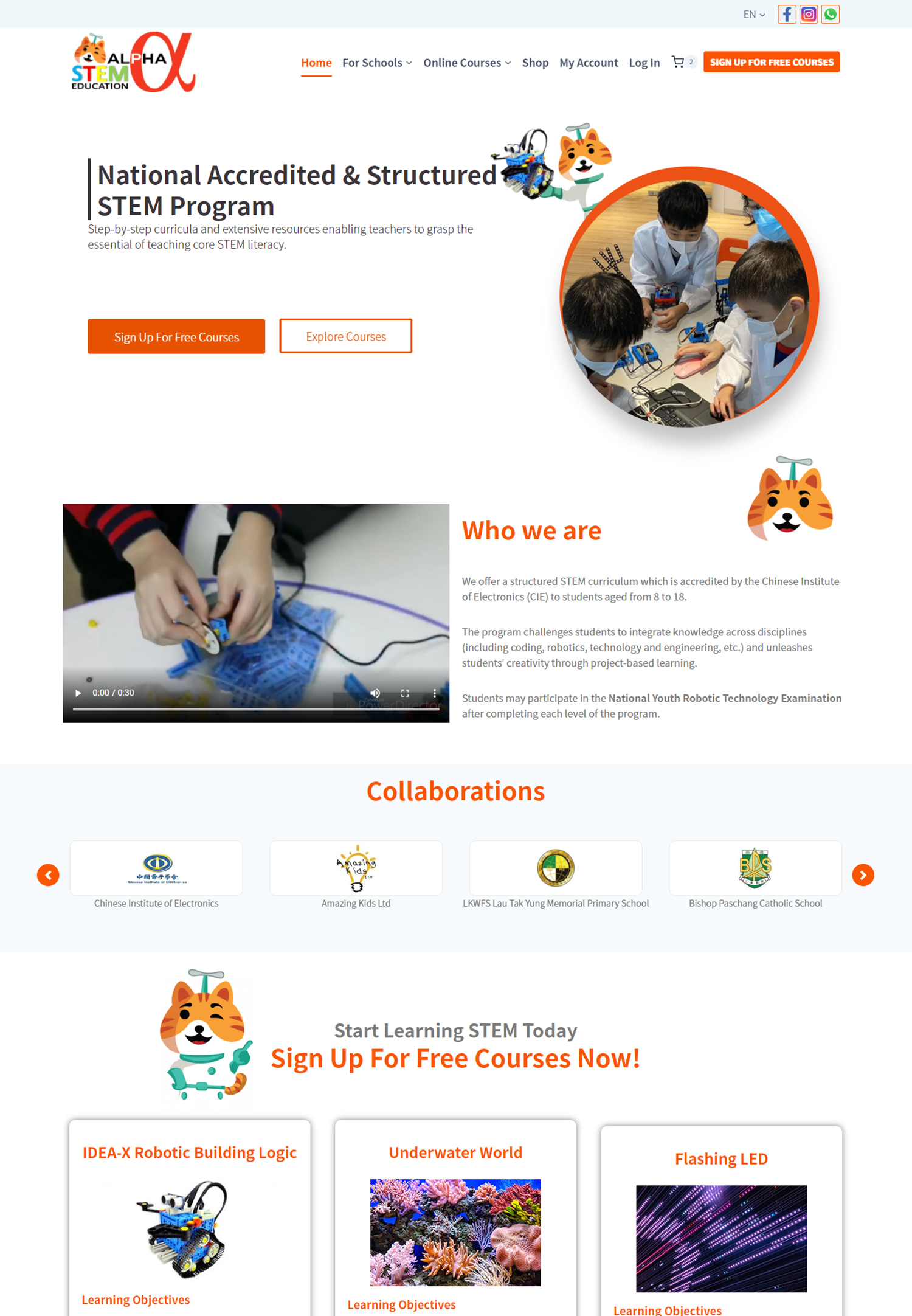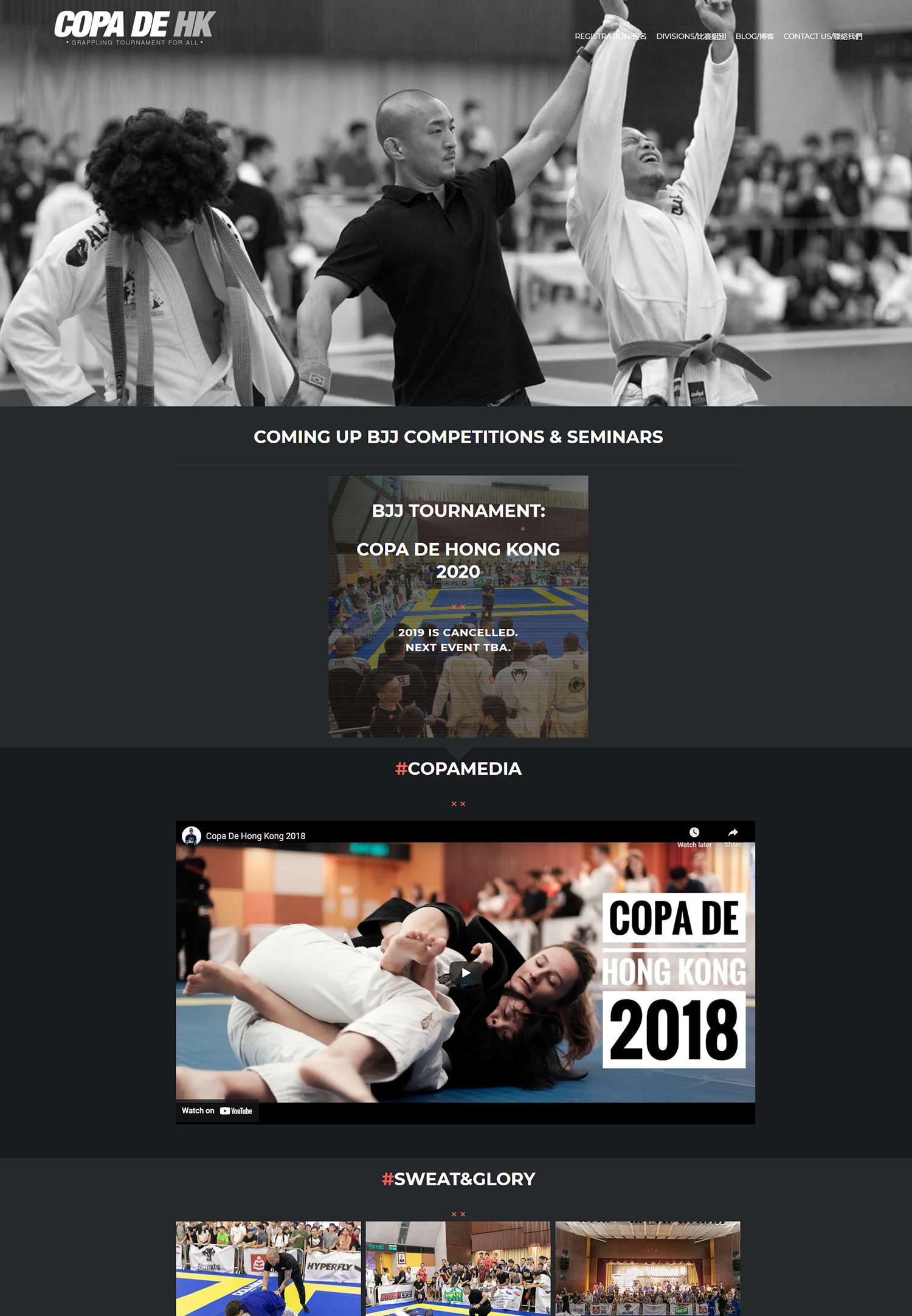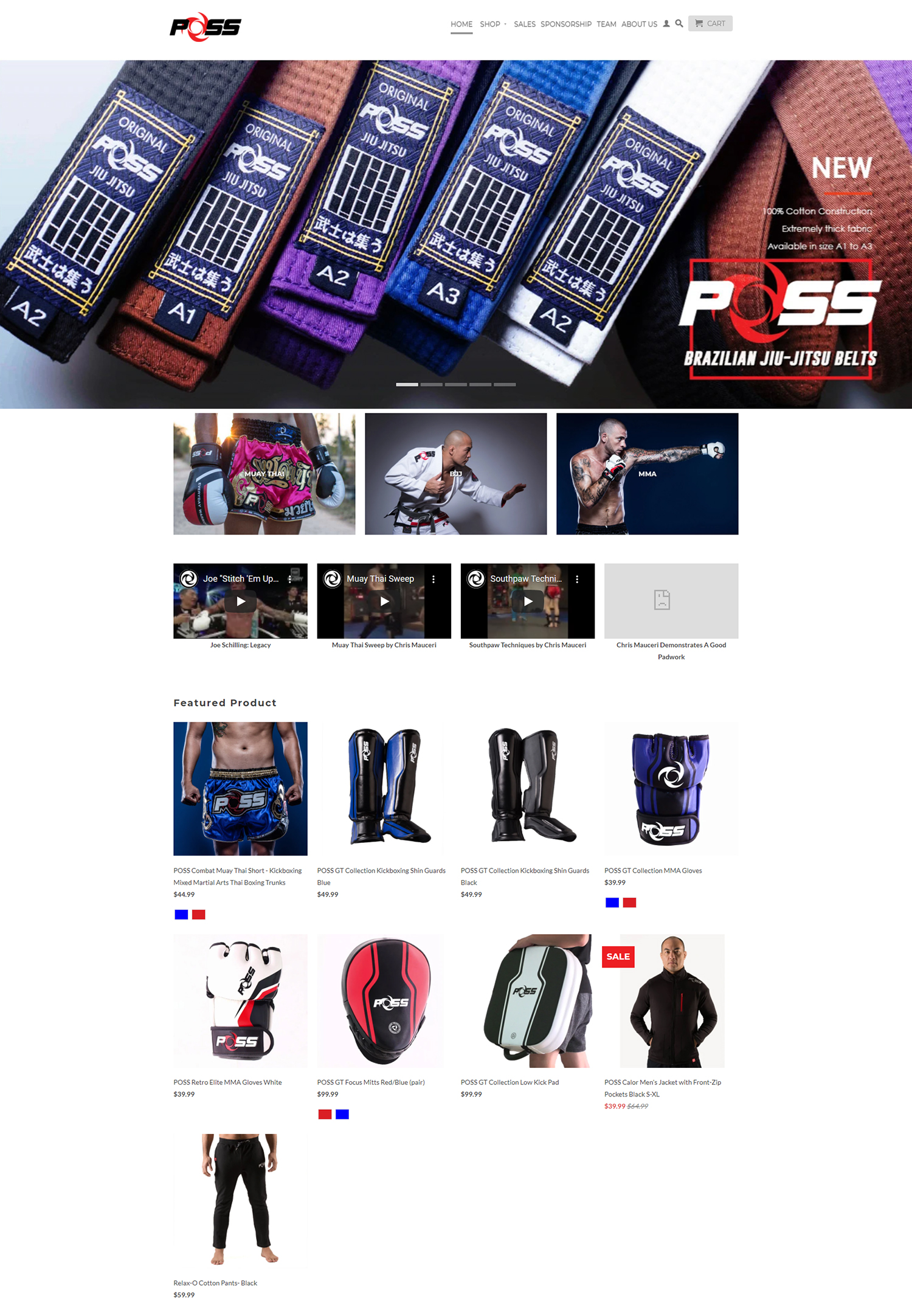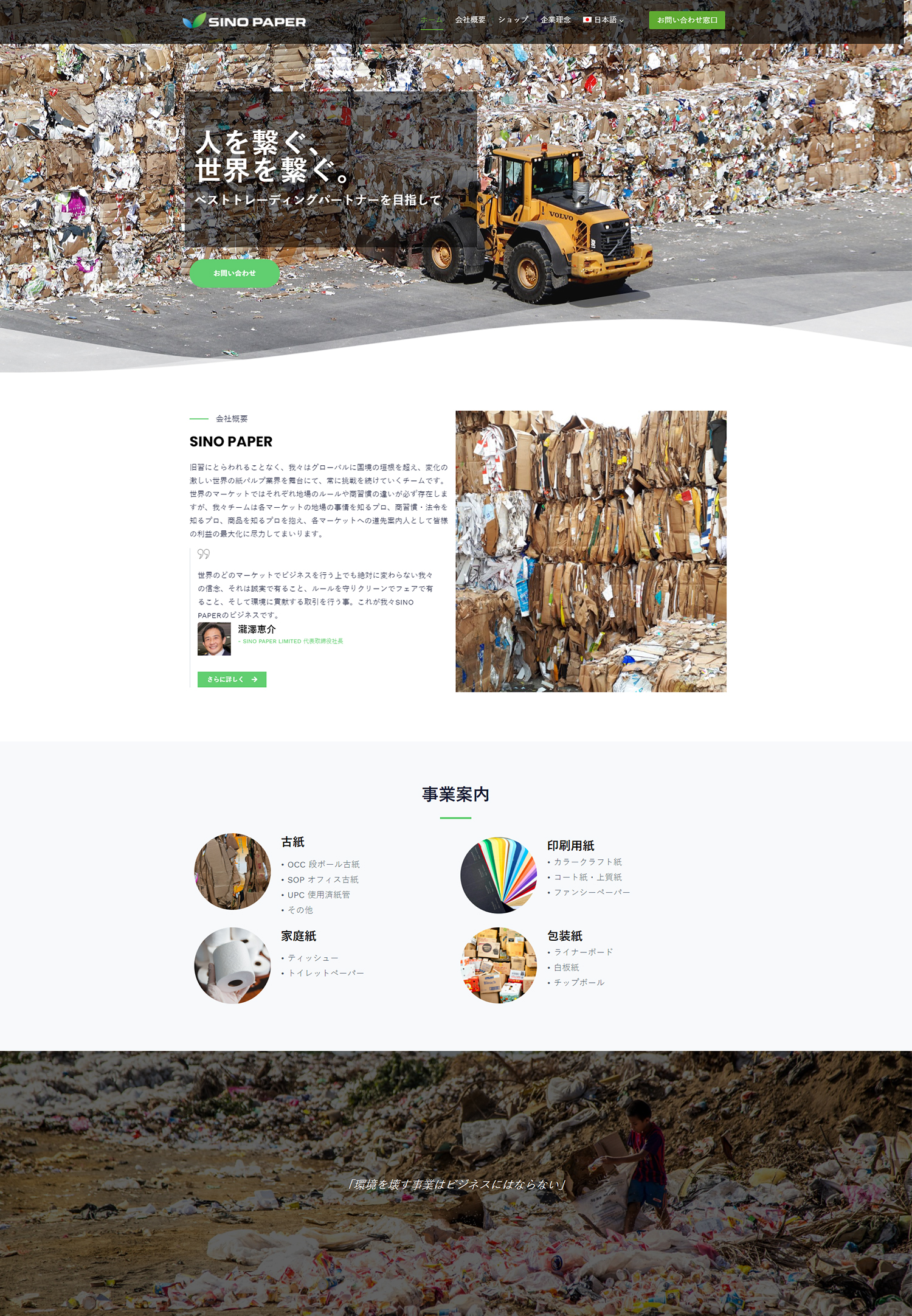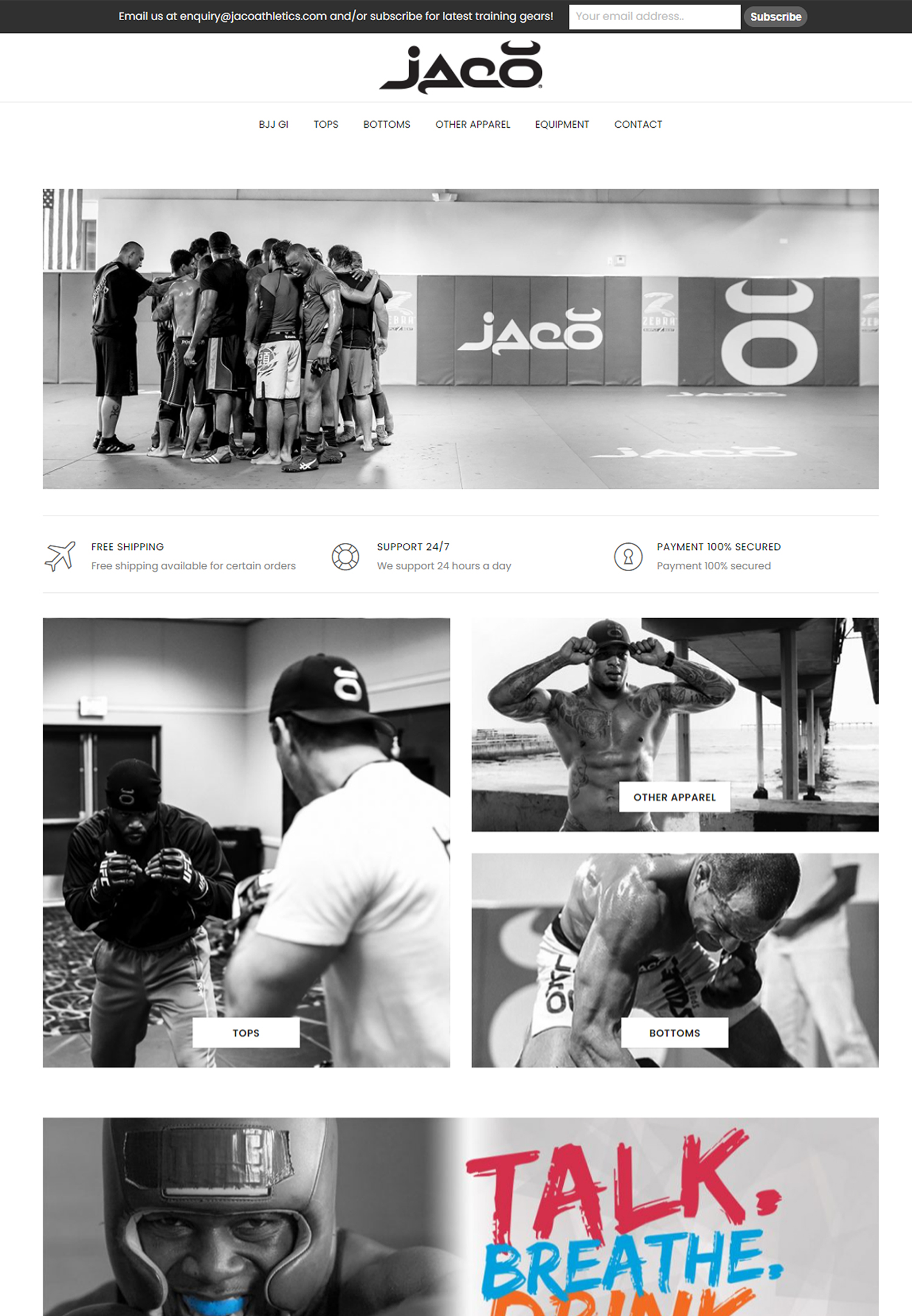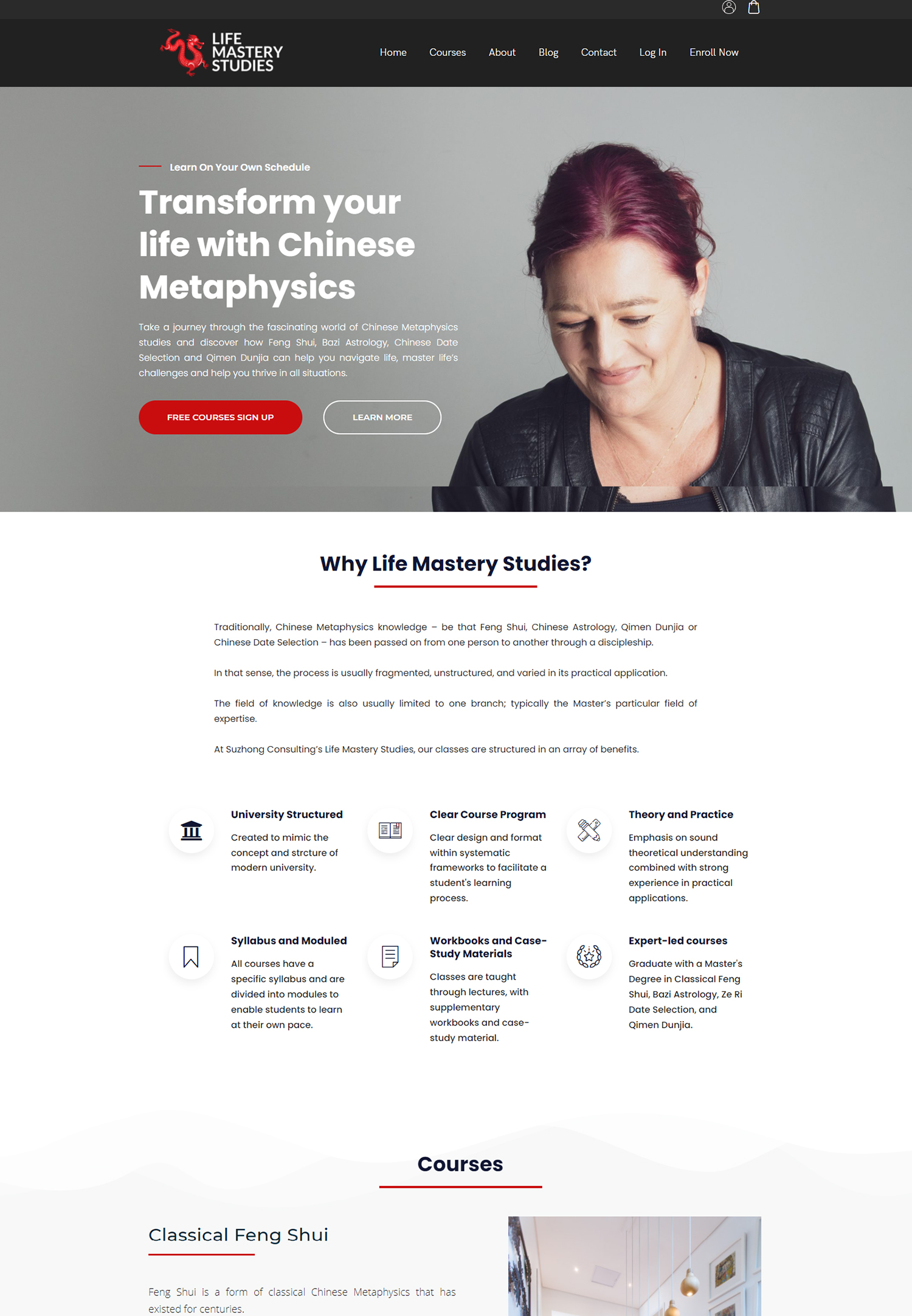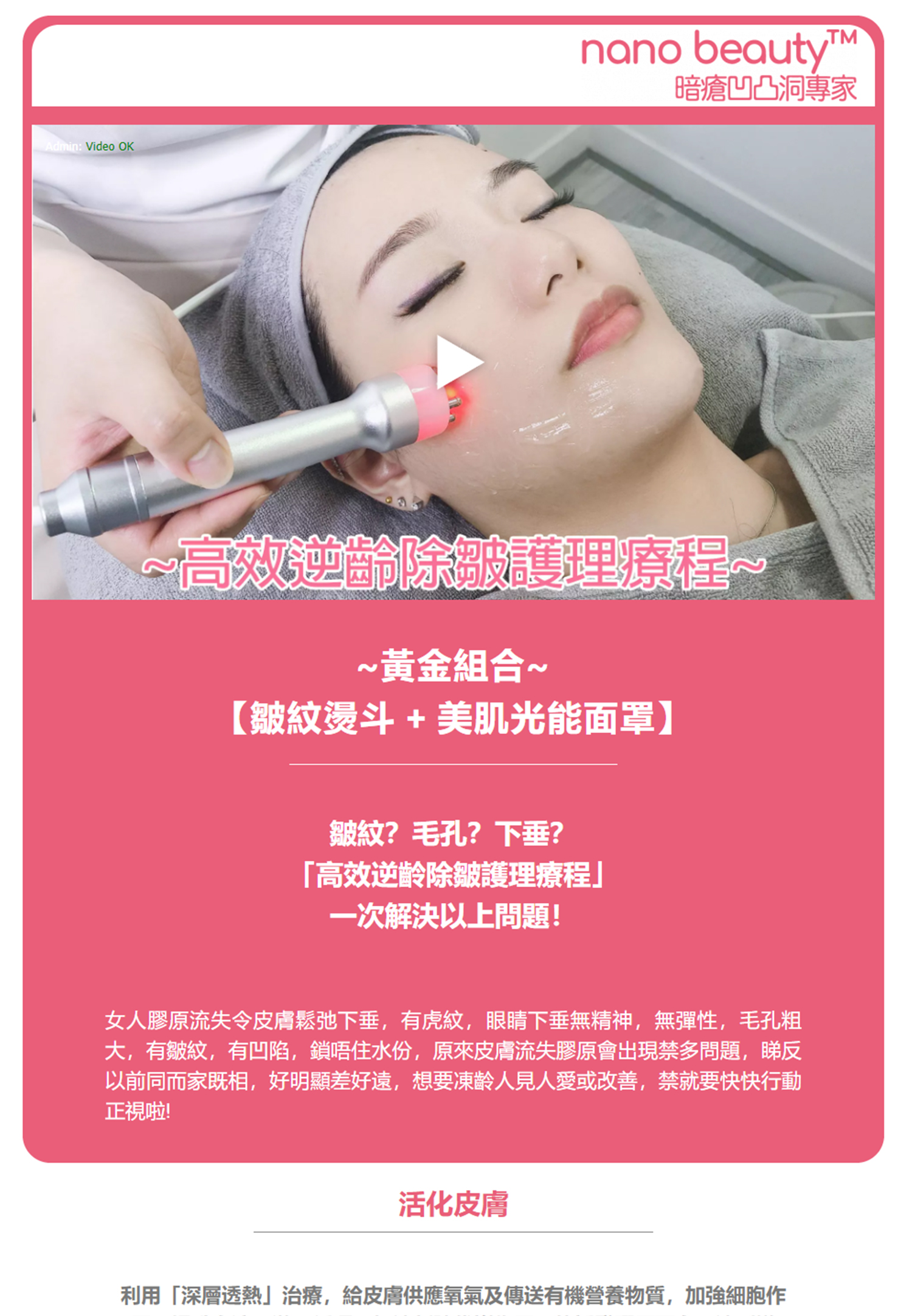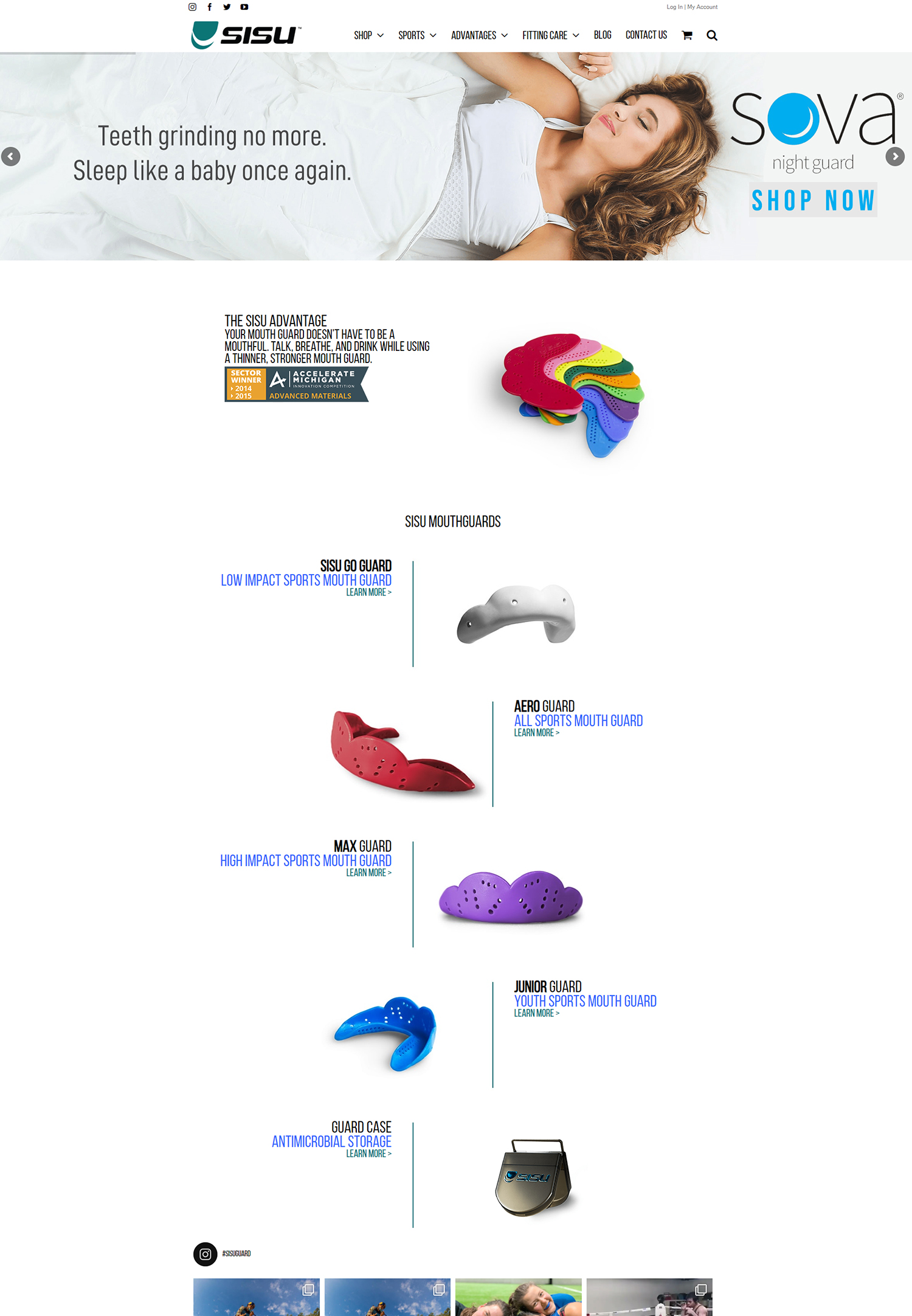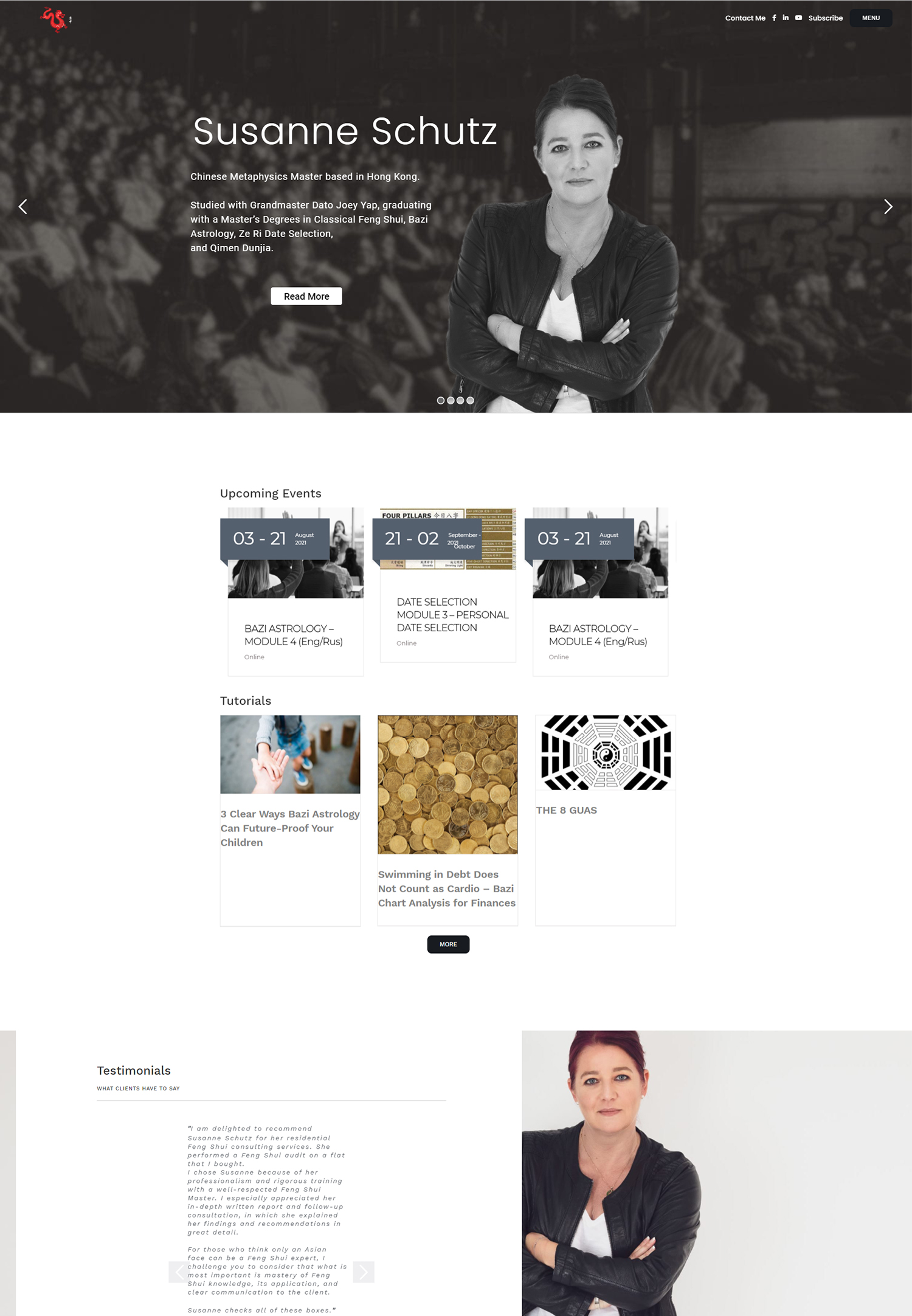In today’s digital advertising landscape, it’s crucial for businesses to find effective ways to reach and engage their target audience. One powerful tool that can help achieve this is A/B testing. A/B testing involves creating multiple variations of an ad and testing them against each other to determine which one performs better. This method allows advertisers to make data-driven decisions and optimize their Facebook ad campaigns for maximum results.
The benefits of A/B testing in Facebook ads are numerous. Firstly, it helps improve ad performance by identifying the best ad variations that resonate with the target audience. By testing different elements such as headlines, visuals, and calls-to-action, advertisers can gain insights into what works best for their specific audience. This knowledge can then be used to create more compelling and effective ads that drive higher engagement and conversions.
Secondly, A/B testing can help optimize ad spend and maximize return on investment (ROI). By identifying the most effective ad variations, advertisers can allocate their budget towards those ads that are more likely to generate results. This not only helps save money by avoiding wasteful spending on underperforming ads but also ensures that the budget is being used efficiently to drive the desired outcomes.
How A/B Testing Can Help Maximize Your Facebook Ad ROI
A/B testing is a powerful tool for maximizing your Facebook ad RO
By testing different ad variations, you can identify the ones that resonate most with your target audience and drive higher engagement and conversions.
One way A/B testing can help maximize your ROI is by helping you identify the best ad variations. By testing different elements such as headlines, visuals, and calls-to-action, you can gain insights into what works best for your specific audience. For example, you might find that a certain headline or image performs significantly better than others in terms of click-through rate or conversion rate. Armed with this knowledge, you can then create more ads that incorporate these winning elements, increasing the likelihood of success.
Another way A/B testing can help maximize your ROI is by optimizing your ad spend. By identifying the most effective ad variations, you can allocate your budget towards those ads that are more likely to generate results. This ensures that your budget is being used efficiently to drive the desired outcomes. For example, if you find that a certain ad variation has a significantly lower cost per acquisition compared to others, you can allocate more budget towards that variation to maximize your RO
Setting Up A/B Tests: Best Practices and Tools
To set up effective A/B tests for your Facebook ads, there are a few best practices to keep in mind. Firstly, it’s important to test one variable at a time. This allows you to isolate the impact of each variable and determine which one has the most significant effect on ad performance. For example, if you’re testing different headlines, make sure all other elements of the ad remain the same so that any differences in performance can be attributed to the headline alone.
Secondly, it’s important to use a large enough sample size for your A/B tests. This ensures that the results are statistically significant and representative of your target audience as a whole. If you test with too small of a sample size, the results may not be reliable or applicable to your broader audience. Aim for a sample size that is large enough to provide meaningful insights but not so large that it becomes impractical or time-consuming.
There are several tools available that can help you set up and run A/B tests for your Facebook ads. Facebook’s own Ads Manager platform provides built-in A/B testing capabilities, allowing you to easily create and compare different ad variations. Additionally, there are third-party tools such as AdEspresso and Optimizely that offer more advanced features and analytics for A/B testing. These tools can help streamline the testing process and provide valuable insights into ad performance.
Identifying Key Metrics to Measure Ad Performance
To measure the performance of your Facebook ads and identify winning ad variations, it’s important to track key metrics. These metrics provide insights into how your ads are performing and can help guide your decision-making process.
One key metric to track is the click-through rate (CTR), which measures the percentage of people who click on your ad after seeing it. A high CTR indicates that your ad is compelling and engaging, while a low CTR may suggest that your ad is not resonating with your target audience. By comparing the CTRs of different ad variations, you can identify the ones that are most effective at driving clicks and engagement.
Another important metric to track is the conversion rate, which measures the percentage of people who take a desired action after clicking on your ad, such as making a purchase or filling out a form. A high conversion rate indicates that your ad is effectively driving the desired outcomes, while a low conversion rate may suggest that there are barriers or issues preventing people from completing the desired action. By comparing the conversion rates of different ad variations, you can identify the ones that are most effective at driving conversions.
Cost per acquisition (CPA) is another key metric to track, as it measures the cost of acquiring a new customer or lead. A low CPA indicates that your ad is generating results at a relatively low cost, while a high CPA may suggest that your ad is not delivering the desired outcomes efficiently. By comparing the CPAs of different ad variations, you can identify the ones that are most cost-effective and allocate your budget accordingly.
Crafting Effective Ad Creatives: Tips and Examples
Creating effective ad creatives is crucial for driving engagement and conversions in your Facebook ad campaigns. Here are some tips to help you craft compelling ad creatives:
1. Use attention-grabbing headlines: Your headline is the first thing people see when they come across your ad, so it’s important to make it compelling and attention-grabbing. Use strong, action-oriented language and highlight the key benefits or value proposition of your product or service.
2. Use high-quality visuals: Visuals play a crucial role in capturing people’s attention and conveying your message effectively. Use high-quality images or videos that are relevant to your ad and visually appealing. Avoid using generic stock photos and opt for authentic, original visuals whenever possible.
3. Keep it concise and focused: Facebook ads have limited space, so it’s important to keep your message concise and focused. Avoid cluttering your ad with too much text or information. Instead, focus on a single key message or call-to-action that is clear and compelling.
4. Test different ad formats: Facebook offers a variety of ad formats, including image ads, video ads, carousel ads, and more. Test different formats to see which ones resonate best with your target audience. For example, you might find that video ads perform better in terms of engagement and conversions compared to image ads.
Here are some examples of successful ad creatives:
– Example 1: A clothing brand uses a high-quality image of a model wearing their latest collection with a headline that says “Get the look everyone is talking about.” The ad is visually appealing and highlights the key benefit of their product, which is being on-trend and fashionable.
– Example 2: A software company uses a short video that showcases the features and benefits of their product. The video is engaging and informative, providing viewers with a clear understanding of what the product does and how it can benefit them.
Testing Different Ad Formats and Placements
Testing different ad formats and placements is essential for optimizing your Facebook ad campaigns. By testing different formats and placements, you can identify the ones that resonate best with your target audience and drive higher engagement and conversions.
One important aspect to consider when testing different ad formats is the type of content you’re promoting. For example, if you’re promoting a product that is visually appealing and can be showcased effectively through images or videos, you might find that image or video ads perform better compared to other formats. On the other hand, if you’re promoting a service or a more complex offering that requires more explanation, you might find that carousel ads or collection ads perform better.
Another aspect to consider when testing different ad formats is the objective of your campaign. Different ad formats are optimized for different objectives, such as driving traffic, generating leads, or increasing conversions. For example, if your objective is to drive traffic to your website, you might find that link ads or carousel ads perform better compared to other formats.
In addition to testing different ad formats, it’s also important to test different ad placements. Facebook offers a variety of placements, including mobile news feed, desktop news feed, right column, and audience network. By testing different placements, you can identify the ones that deliver the best results for your specific audience. For example, you might find that mobile news feed placements perform better in terms of engagement and conversions compared to desktop news feed placements.
Analyzing and Interpreting A/B Test Results
Analyzing and interpreting A/B test results is crucial for making data-driven decisions and optimizing your Facebook ad campaigns. Here are some steps to follow when analyzing and interpreting A/B test results:
1. Determine statistical significance: Before drawing any conclusions from your A/B test results, it’s important to determine if the differences in performance between the ad variations are statistically significant. Statistical significance helps ensure that the observed differences are not due to chance but are actually meaningful and representative of your target audience as a whole.
2. Compare key metrics: Once you’ve determined statistical significance, compare the key metrics of each ad variation to identify the ones that perform best. Look for patterns or trends in the data and consider the overall performance as well as specific metrics such as click-through rate, conversion rate, and cost per acquisition.
3. Consider the context: When interpreting A/B test results, it’s important to consider the context in which the tests were conducted. Factors such as audience targeting, ad placement, and campaign objectives can all influence the results. Take these factors into account when drawing conclusions and making decisions based on the test results.
4. Iterate and optimize: Based on the A/B test results, iterate and optimize your ad creatives to improve performance. Make small changes to the winning ad variations and test them again to see if they further improve performance. This iterative process allows you to continuously optimize your ads and drive better results over time.
Here’s an example of how to interpret A/B test results:
Let’s say you conducted an A/B test comparing two ad variations: Variation A and Variation B. After analyzing the results, you find that Variation B has a significantly higher click-through rate (CTR) compared to Variation A. This suggests that Variation B is more compelling and engaging for your target audience.
However, when you compare the conversion rates of the two variations, you find that Variation A has a higher conversion rate compared to Variation B. This indicates that while Variation B is effective at driving clicks, it may not be as effective at driving conversions.
Based on these findings, you might decide to iterate and optimize Variation A by incorporating some elements from Variation B that were successful in driving clicks. For example, you might use a similar headline or visual from Variation B in Variation A and test it again to see if it improves conversion rate without sacrificing click-through rate.
Iterating and Optimizing Ad Creatives for Better Performance
Iterating and optimizing your ad creatives based on A/B test results is crucial for driving better performance in your Facebook ad campaigns. By making small changes and testing them again, you can continuously improve your ads and drive better results over time.
When iterating and optimizing your ad creatives, it’s important to focus on one variable at a time. This allows you to isolate the impact of each variable and determine which one has the most significant effect on ad performance. For example, if you’re testing different headlines, make sure all other elements of the ad remain the same so that any differences in performance can be attributed to the headline alone.
It’s also important to track and measure the impact of each iteration on key metrics such as click-through rate, conversion rate, and cost per acquisition. This helps you understand the effectiveness of each change and make data-driven decisions about which iterations to keep and which ones to discard.
Additionally, it’s important to give each iteration enough time to gather meaningful data before making any conclusions or decisions. Depending on the size of your audience and the amount of traffic your ads receive, this could take anywhere from a few days to a few weeks. Be patient and allow enough time for the data to accumulate before making any changes or optimizations.
Scaling Up Winning Ad Variations for Greater Impact
Once you’ve identified winning ad variations through A/B testing, it’s important to scale them up for greater impact. Scaling up winning ad variations allows you to reach a larger audience and drive more engagement and conversions.
One way to scale up winning ad variations is by increasing your ad spend. If you’ve identified ad variations that consistently perform well in terms of click-through rate, conversion rate, and cost per acquisition, it makes sense to allocate more budget towards those ads. By increasing your ad spend on winning ad variations, you can reach a larger audience and drive more results.
Another way to scale up winning ad variations is by expanding your target audience. If you’ve identified ad variations that resonate well with a specific segment of your target audience, consider expanding your targeting to include similar segments. This allows you to reach more people who are likely to respond positively to your ads and drive higher engagement and conversions.
It’s important to monitor the performance of your scaled-up ad variations closely and make adjustments as needed. As you increase your ad spend or expand your target audience, the dynamics of your campaign may change, and it’s important to adapt accordingly. Continuously track key metrics such as click-through rate, conversion rate, and cost per acquisition to ensure that your scaled-up ad variations are still delivering the desired outcomes.
Leveraging A/B Testing to Drive Facebook Ad Success
In conclusion, A/B testing is a powerful tool for driving success in Facebook ad campaigns. By testing different ad variations, advertisers can identify the ones that resonate most with their target audience and drive higher engagement and conversions. A/B testing also helps optimize ad spend and maximize return on investment by allocating budget towards the most effective ad variations.
To set up effective A/B tests, it’s important to follow best practices such as testing one variable at a time and using a large enough sample size. There are also several tools available that can help streamline the testing process and provide valuable insights into ad performance.
When analyzing A/B test results, it’s important to track key metrics such as click-through rate, conversion rate, and cost per acquisition. These metrics provide insights into how ads are performing and can guide decision-making.
Crafting effective ad creatives is crucial for driving engagement and conversions in Facebook ad campaigns. Using attention-gr grabbing visuals, compelling copy, and a clear call-to-action, advertisers can capture the interest of their target audience and entice them to take the desired action. The visuals should be visually appealing and relevant to the product or service being promoted, while the copy should be concise, persuasive, and highlight the unique selling points. Additionally, incorporating social proof, such as customer testimonials or reviews, can help build trust and credibility. By continuously testing and optimizing ad creatives based on performance metrics, advertisers can ensure that their Facebook ad campaigns are effective in driving engagement and conversions.
If you’re looking to increase your sales, check out this article on “How to Increase Sales” by Populis Digital. It provides valuable insights and strategies to help you boost your revenue and grow your business. From optimizing your website design for ecommerce to implementing effective marketing campaigns, this article covers it all. Don’t miss out on the opportunity to take your sales to the next level. Read more
FAQs
What is A/B testing ad creatives on Facebook?
A/B testing ad creatives on Facebook is a process of comparing two different versions of an ad to determine which one performs better. It involves creating two versions of an ad with different elements such as images, headlines, and copy, and then showing them to a sample audience to see which one generates more engagement, clicks, or conversions.
Why is A/B testing ad creatives important on Facebook?
A/B testing ad creatives on Facebook is important because it helps advertisers optimize their ad campaigns and improve their return on investment (ROI). By testing different ad variations, advertisers can identify which elements resonate better with their target audience and adjust their ads accordingly to increase their chances of success.
How do you conduct A/B testing ad creatives on Facebook?
To conduct A/B testing ad creatives on Facebook, advertisers need to create two different versions of an ad with different elements such as images, headlines, and copy. They then need to set up a Facebook ad campaign and split their audience into two groups, showing each group one of the ad variations. Advertisers can then track the performance of each ad and compare the results to determine which one performs better.
What are some best practices for A/B testing ad creatives on Facebook?
Some best practices for A/B testing ad creatives on Facebook include testing only one element at a time, using a large enough sample size, running the test for a sufficient amount of time, and tracking the right metrics. Advertisers should also make sure to use a clear hypothesis and have a plan for implementing the results of the test.
What are some common mistakes to avoid when A/B testing ad creatives on Facebook?
Some common mistakes to avoid when A/B testing ad creatives on Facebook include testing too many elements at once, using a small sample size, not running the test for a sufficient amount of time, and not tracking the right metrics. Advertisers should also avoid making assumptions based on the results of a single test and should always test their assumptions before making any changes to their ad campaigns.







